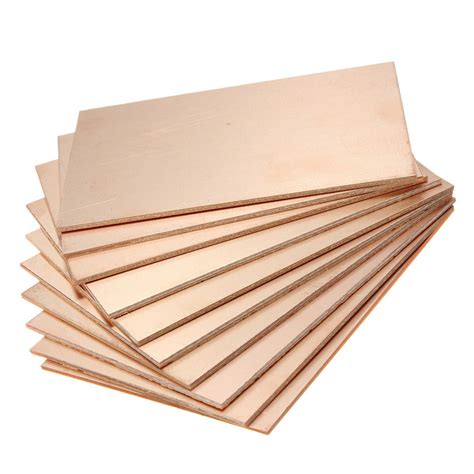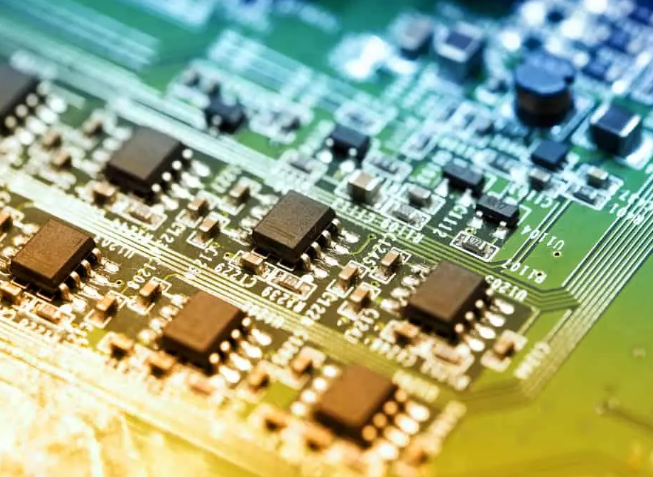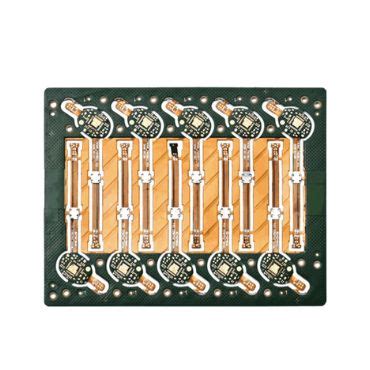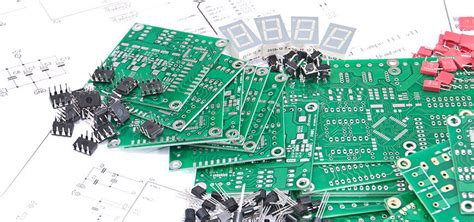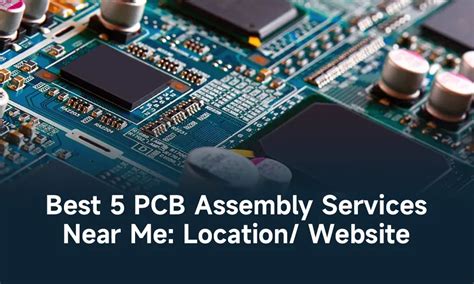Exploring the Intersection of Circuits and PCB Design Innovations

Key Takeaways
In the rapidly evolving landscape of circuits and PCB design, you’ll find that understanding the latest innovations is crucial for maximizing performance and reliability. Advances in fabrication techniques have led to enhanced capabilities that can significantly lower pcb manufacturing costs while improving the overall efficiency of pcb manufacturing companies. With new materials and processes being introduced, you can ensure that your designs not only meet current industry standards but also benefit from the latest technology trends. A vital aspect to consider is how these innovations impact various applications across industries, from consumer electronics to automotive systems.
"Reliable performance is achieved through meticulous attention to design and production processes."
This insight reinforces the necessity of rigor in both design practices and strict adherence to reliability standards in PCB manufacturing. As your understanding deepens, you’ll discover various strategies and practices geared toward optimizing projects within your pcb manufacturing business. Always strive to integrate new technologies that promise better performance while being mindful of the costs involved; this balance is key in maintaining a competitive edge in today’s market.
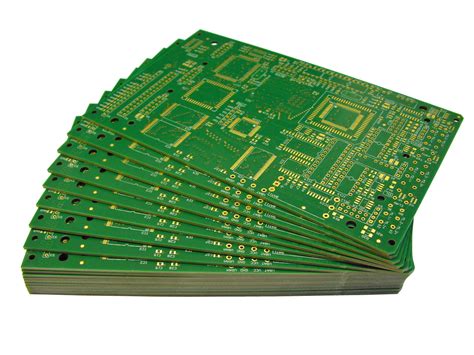
Introduction to Circuits and PCB Design Innovations
In today’s fast-paced technological landscape, the interplay between circuits and PCB (Printed Circuit Board) design innovations is critical for driving advancements across various industries. As you explore this realm, it becomes evident that innovations in pcb manufacturing are helping pave the way for enhanced performance and efficiency. The competitive nature of the market has led pcb manufacturing companies to adopt emerging fabrication techniques that not only reduce production time but also optimize the use of materials, thereby lowering the overall pcb manufacturing cost. A significant aspect of this evolution is the emphasis on creating reliable circuits that withstand demanding applications, which is essential for sustaining your business’s reputation in the market. Focusing on innovations allows you to leverage advanced designs, ensuring that your circuits meet performance standards while remaining consistent with industry regulations. By understanding these developments in pcb manufacturing, you can position your pcb manufacturing business strategically to take advantage of new opportunities for growth and efficiency in this dynamic environment.
Emerging Fabrication Techniques for Enhanced Performance
In the ever-evolving field of PCB manufacturing, innovations in fabrication techniques are crucial for enhancing the overall performance of circuit boards. You will find that these advancements are not only focused on improving the manufacturing efficiency but also aim to reduce the PCB manufacturing cost. Companies engaged in PCB manufacturing business are implementing state-of-the-art methods that allow for intricate designs while adhering to stringent reliability standards. For instance, techniques such as laser etching and 3D printing have emerged, providing increased precision in routing and component placement. This means that you can achieve more compact designs without sacrificing functionality. Additionally, the integration of automated processes is minimizing human error and ensuring consistency across production batches, a vital aspect when dealing with multiple orders from clients across various industries. The adoption of these methods not only enhances performance but can also give you an edge in a competitive market dominated by resourceful PCB manufacturing companies. In light of these innovations, it is essential to remain updated on trends that could influence your decisions and strategies moving forward. For a deeper understanding of contemporary practices in this domain, you might want to explore resources available on Andwin PCB.
Efficiency in PCB Design: Best Practices and Innovations
Achieving efficiency in PCB design is crucial for both reducing costs and enhancing the performance of electronic devices. You may find that leveraging modern tools and methodologies can significantly improve your approach to PCB manufacturing. For instance, utilizing advanced software techniques enables you to optimize your layout, reducing the amount of space required on the circuit boards. This not only cuts down on pcb manufacturing costs but also allows for greater integration of features without compromising on quality.
It’s essential to consider your selection of pcb manufacturing companies, as their capabilities can greatly influence the overall efficiency of your designs. Establishing a collaborative relationship with these firms can lead to insights into best practices that might be applicable to your projects. You should also stay updated with innovative fabrication techniques that have emerged recently, as these can provide a competitive edge in your pcb manufacturing business.
Moreover, adopting automation within the design process can help streamline operations and enhance precision during the fabrication stage. By focusing on these strategies, you align with the aim of achieving cost-effective solutions while maintaining reliability and performance in your finished products. Thus, integrating these best practices into your workflow will not only improve efficiency but also result in higher quality outputs in the rapidly evolving landscape of electronic design.
Applications of Advanced Circuits in Various Industries
The realm of advanced circuits has seen remarkable applications across diverse industries, showcasing the adaptability and innovation driven by modern PCB manufacturing processes. For instance, in the automotive sector, the integration of advanced circuits enhances vehicle safety through advanced driver-assistance systems (ADAS). These systems rely on precise printed circuit board (PCB) designs that ensure reliability under various operational conditions. Similarly, in the healthcare industry, modern medical devices utilize circuits that offer improved performance and efficiency, crucial for patient monitoring and diagnostics. The demand for high-quality medical devices has led many to seek out specialized pcb manufacturing companies that can meet stringent standards.
In consumer electronics, the push for lightweight and compact devices has accelerated innovations in both circuit design and PCB manufacturing techniques. You may notice that smartphones now incorporate multilayer PCBs, enabling them to support complex functionalities while minimizing size. Furthermore, sectors like telecommunications leverage advanced circuit technologies to enhance connectivity and data transmission speeds.
The challenges faced in these industries often revolve around managing the pcb manufacturing cost while ensuring peak performance and reliability. Therefore, selecting a proficient partner in the pcb manufacturing business becomes pivotal to achieving a balance between innovation and economic efficiency. As you explore these landscapes of advanced circuits, it’s evident that their applications are not only diverse but also integral to shaping future technologies across sectors.
Reliability Standards in PCB Manufacturing
In the realm of PCB manufacturing, reliability is paramount, as it directly influences the functionality and safety of electronic devices. To ensure that your designs withstand the rigors of their intended environments, it’s essential to adhere to established reliability standards. These standards dictate various aspects of the manufacturing process, from material selection to testing procedures. You must consider the specific requirements outlined by regulatory bodies and industry best practices to enhance the performance of your products. Working with reputable PCB manufacturing companies often means they are well-versed in these standards, which can significantly lower your PCB manufacturing cost by avoiding costly errors related to non-compliance. Moreover, understanding these reliability benchmarks can aid in selecting suitable materials and processes, allowing you to optimize your PCB manufacturing business strategy effectively. By focusing on these aspects, you can ensure that your circuits not only meet but exceed expectations for reliability, thus establishing a solid reputation in a competitive market.
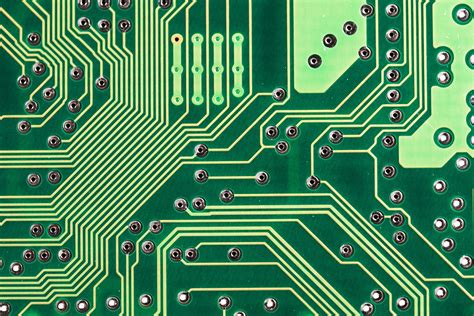
The Future of Circuit Design and PCB Integration
As you look to the horizon of circuit design and PCB integration, it becomes evident that advancements in technology are paving the way for a more interconnected and efficient future. The integration of advanced circuits within PCB manufacturing not only enhances performance but also reduces the overall pcb manufacturing cost. Innovative software tools and design methodologies are increasingly allowing engineers to simulate and optimize designs before they go into production, minimizing errors and waste. This synergy between circuit design and pcb manufacturing companies is creating opportunities for streamlined workflows, which ultimately drives down costs while improving product reliability. As you explore various pcb manufacturing businesses, you might notice that those employing these cutting-edge techniques are often better positioned to meet industry standards and consumer demands. The evolution in integration techniques is expected to pave the way for smaller, more powerful circuit boards that cater to a broad range of applications, from consumer electronics to aerospace systems. By prioritizing efficient designs and robust materials in PCB development, future innovations will undoubtedly enhance overall performance while ensuring that manufacturers can adapt to shifting market needs effectively. Thus, as we progress deeper into this field, the convergence of circuit design principles with advanced PCB integration will continue to inspire fresh solutions that redefine industry benchmarks.
Case Studies: Successful Implementations of Innovative Circuits
Examining case studies reveals how various organizations have successfully implemented innovative circuits within PCB manufacturing processes. For instance, a leading automotive company collaborated with one of the top PCB manufacturing companies to integrate advanced circuit designs that improve vehicle communication systems. This partnership not only enhanced the performance of their electronic systems but also reduced the overall pcb manufacturing cost by streamlining production methods and minimizing waste.
Another compelling example comes from a consumer electronics firm that focused on smart device production. By utilizing innovative circuit techniques, they transformed their approach to energy efficiency, which led to a significant reduction in the power consumption of their products. This shift not only attracted environmentally conscious consumers but also showcased how modern pcb manufacturing business practices could align with sustainability goals.
The following table summarizes some innovative implementations and their results:
| Company | Innovation Description | Benefits |
|---|---|---|
| Leading Automotive Company | Integrated advanced circuit designs | Improved communication systems, reduced costs |
| Consumer Electronics Firm | Enhanced energy-efficient circuits | Lower power consumption, increased sales |
These examples illustrate the practical advantages that come from merging innovative circuit design with effective PCB manufacturing strategies. By exploring these case studies, you can gain insights into how success in this domain can be achieved through thoughtful integration of technology and design principles.
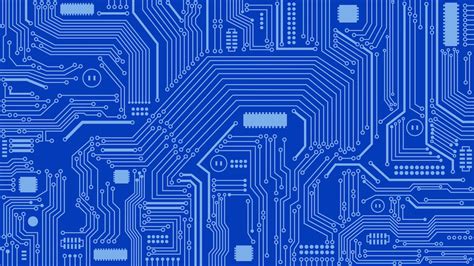
Conclusion: Trends Shaping the Future of Circuits and PCB Design
As you look to the horizon of pcb manufacturing, a few key trends emerge that promise to revolutionize the landscape. The integration of advanced circuit design techniques with innovative pcb manufacturing processes is already reshaping how various industries approach their electronic needs. One vital aspect is the focus on reducing the pcb manufacturing cost, which encourages companies to leverage more efficient methods and materials. This proactive approach not only cuts costs but also upholds high standards in reliability and performance, essential for ensuring customer satisfaction. Additionally, pcb manufacturing companies are increasingly prioritizing eco-friendly practices, recognizing that sustainable production methods are not only beneficial for the environment but also appealing to a conscientious consumer base. Moreover, as you delve deeper into this domain, you’ll find that adapting to rapidly changing technological demands necessitates agile pcb manufacturing business models—ones that can swiftly pivot in response to innovation while still delivering on quality and efficiency. The future will undoubtedly see a harmonious blend of these elements, driving progress and ensuring that your designs stand out in a competitive market.
Conclusion: Trends Shaping the Future of Circuits and PCB Design
As you consider the trends shaping the future of circuits and PCB design, it becomes clear that the landscape is evolving rapidly. New advancements in technology are not only enhancing performance but also driving down pcb manufacturing costs. This transformation is largely influenced by innovative techniques within pcb manufacturing, enabling companies to produce more reliable and efficient circuits while maintaining high standards of quality. Moreover, as demand for sophisticated electronic applications continues to grow across various industries, you will find that emerging pcb manufacturing companies are adept at adapting to these shifts, focusing on streamlined processes and advanced materials. The integration of sustainability into the pcb manufacturing business model is also notable, as firms prioritize eco-friendly practices without compromising performance. Engaging with these trends can significantly impact your understanding of how future innovative circuits are designed and implemented, ultimately affecting industry practices and consumer experiences. By staying informed on these developments, you position yourself strategically within this dynamic field.
FAQs
What is PCB manufacturing?
PCB manufacturing refers to the process of creating printed circuit boards (PCBs) that are essential for electronic devices. It involves the design, fabrication, and assembly of circuits on the board.
What are the typical costs associated with PCB manufacturing?
The PCB manufacturing cost can vary significantly based on factors such as complexity, material quality, and volume. Generally, businesses will find that larger orders lower per-unit costs due to economies of scale.
How do I select a reliable PCB manufacturing company?
When choosing from various PCB manufacturing companies, consider factors such as their industry reputation, certifications, and customer reviews. It is also wise to evaluate their ability to meet your specific design and quality requirements.
What is the importance of reliability standards in PCB manufacturing?
Reliability standards in PCB manufacturing business are crucial because they ensure the longevity and performance of electronic devices. Meeting these standards can prevent failures that could lead to significant costs and safety issues down the line.
How can I minimize costs in PCB manufacturing?
To minimize your PCB manufacturing costs, you can streamline your designs for simplicity, reduce material waste, and collaborate with manufacturers who specialize in cost-effective production techniques. This approach not only makes your business more efficient but also enhances product reliability.
Ready to Explore PCB Manufacturing Options?
For more detailed insights into PCB manufacturing, please click here.


